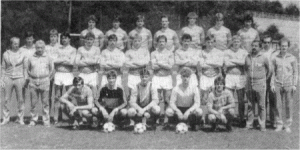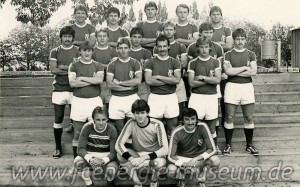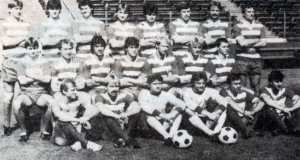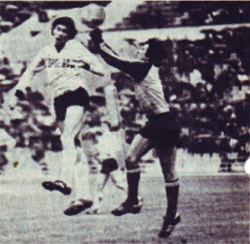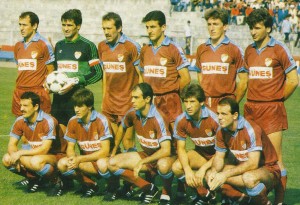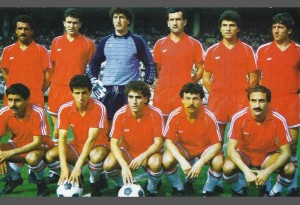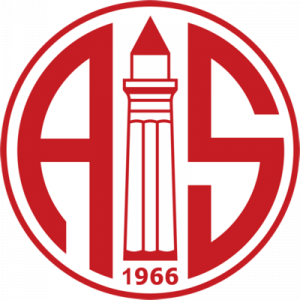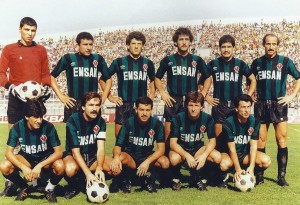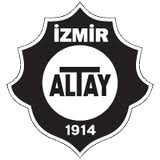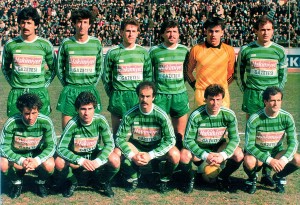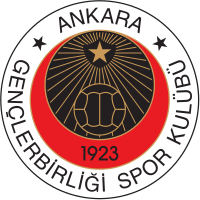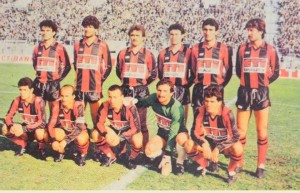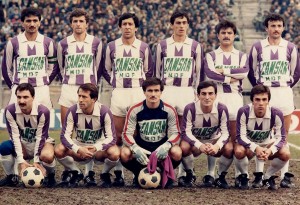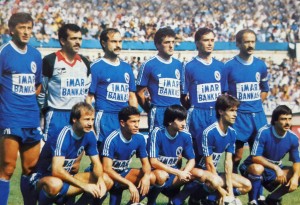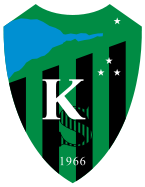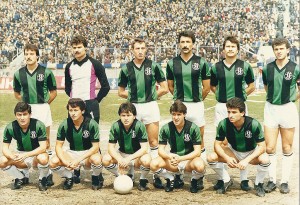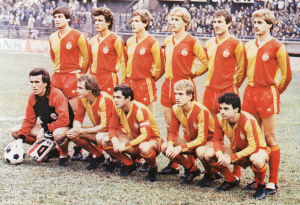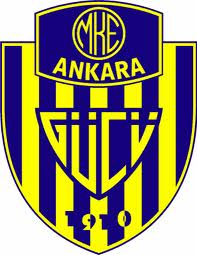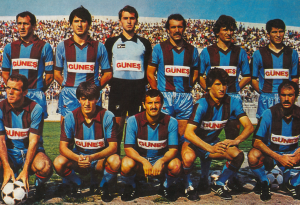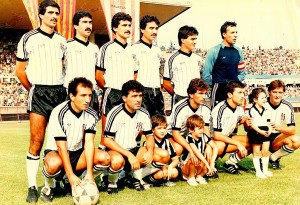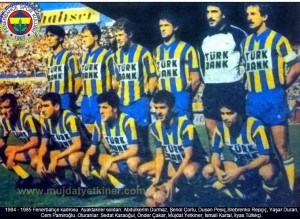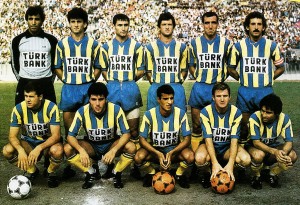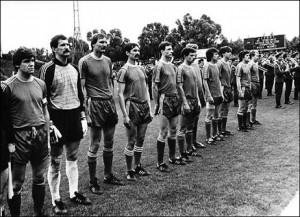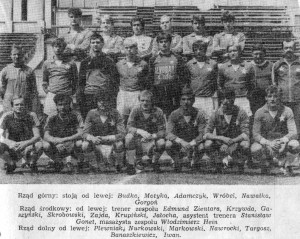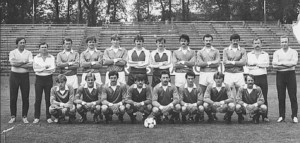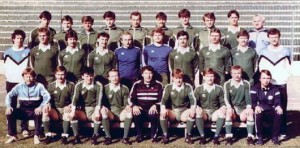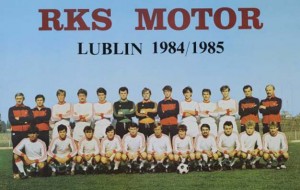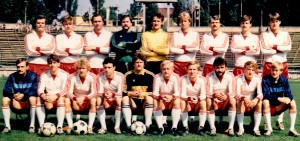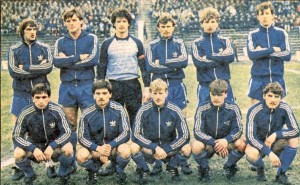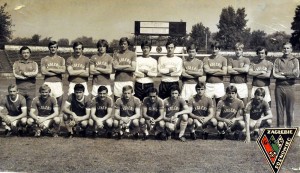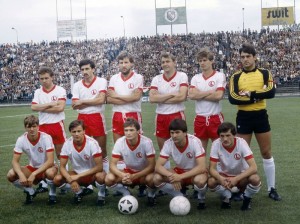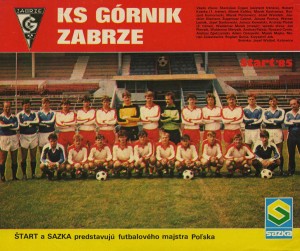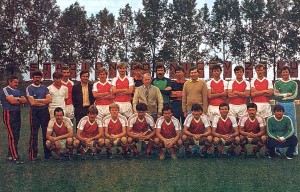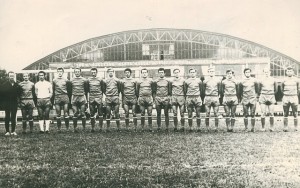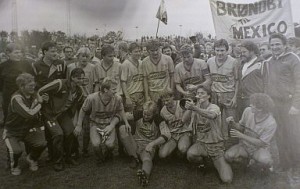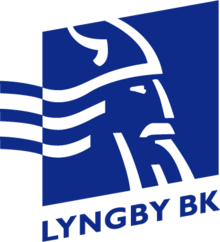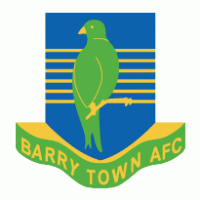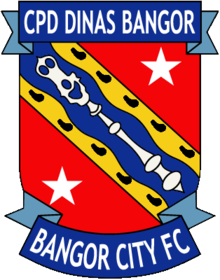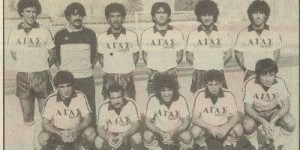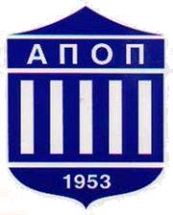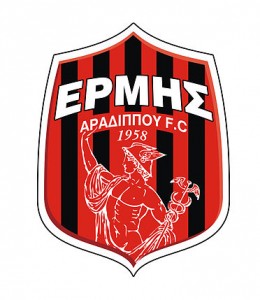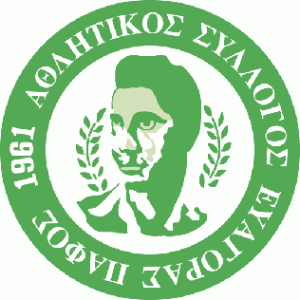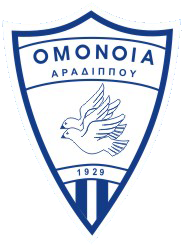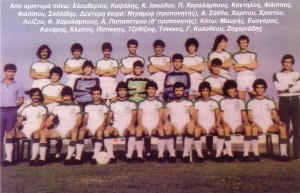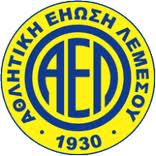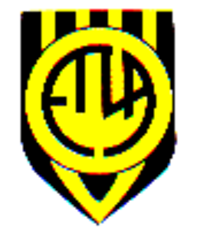Turkey. Second Division. To a point, development of the sport could be seen better through second level rather than the first one: it is convulsive road. One demand is putting more professional clubs on the stage. The other is reduction, for desires and reality rarely match. So, the Turkish Second Division was no exception: there were many changes of the format and the number of the teams. At the moment the Second Division had three groups of 16 teams each, somewhat geographically organized. The winners were promoted, the last two teams – relegated. Simple, on the surface, but it was difficult task because of uneven economic development of country’s regions – traditionally, most clubs were situated on the Mediterranean coast and Istanbul. The far East lagged behind. The European part of the country, west of Istanbul, also lacked economic power. No matter what, a smallish club from Istanbul or Izmir was in much better shape than a club from, say, Van. But to have Second Division made of mostly Istanbul-based clubs was not serving development, so geography had to be wider. Wider geography, weaker clubs… plus the transportation difficulties. Constant struggle. In view of organizing Third Division, some regularity and order had to exist – another struggle. At least this season was orderly – no team folded because of financial difficulties. As for the rest… it depends: good thing football was passionately accepted around the country, but too many second level clubs were nothing to brag about.
Group A.
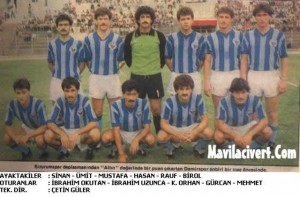
Adana Demirspor ended 9th with 29 points. Here is prime example of geographic relativity of the second level structure: Adana had 2 teams in the Second Division, but no derby, for they played in different groups.
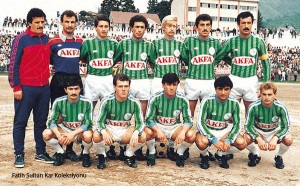
There was no real competitive edge in this group – Rizespor dominated the championship, finishing 8 points ahead of 2nd placed Diyarbakirspor. They lost only 2 games and won 18 of the 30 championship games. Standing from left: C.Alptekin (coach), S.Yenigün, E.Kolçak, E.Tombul, H.Kürkçü, İ.Şenol Bayraktar, H.Fehmi Durmuş
First row: M.Hacıömeroğlu, M.Bak,T.Kural, M.Yıldız, H.İlik.
Rizespor was going up for another try in the top league and good for them. The picture also shows a typical problematic element of development: grass was mostly absent cover of most stadiums.
Group B. May be not stronger than Group A, but at least more competitive – 4 teams tried to come on top, 3 of them former First Division members, one quite famous, now having hard times.

Adanaspor played here and finished outside the leading group – 5th with 33 points.
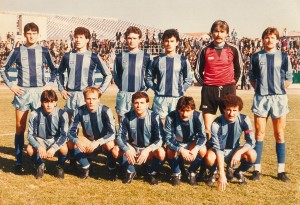
At the bottom was a team hardly heard of – one of the many clubs making the numbers rather than anything else. Kutahyaspor finished 15th and was relegated. No lack of trying – with 1 point more, they would have been out of trouble – but going down at the end.
But the top of the table was more interesting and important.
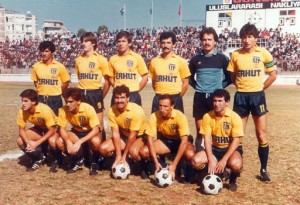
Tarsus Idman Yurdu Erkutspor finished 4th with 37 points.
Goztepe (Izmir) – 3rd with 38 points. Down on their luck for quite some time, unfortunately.

Konyaspor – 2nd with 38 points. Unable to climb back to the top league this season.

Kayserispor prevailed at the end with 40 points. Well done and going back to First Division.
Group C. One team dominated the championship of the biggest group – it had 17 teams. However, apart from the winners, there were no recent top league members. Instead, here were some clubs with steady and solid Second Division presence – PTT and Vefa Simtel.
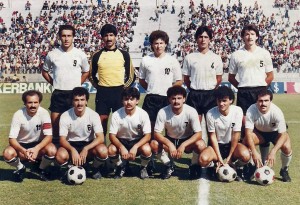
As for the others… well, Suleymaniye Sirkeci was seemingly playing on decent grass, but they finished 16th and moved down to Third Division.
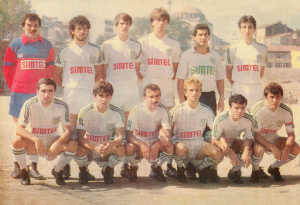
Vefa Simtel were perhaps the archetype second level club – once upon a time they played in the top division, but second level was really their environment. Solid and stable for constant mid-table position. Also one of the few clubs in the country clearly associated with their sponsor – it was part of the club’s name. This year – 8th with 31 points.
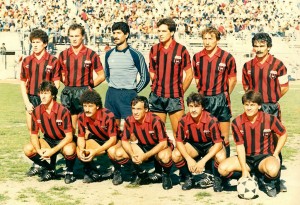
Galata did well – by their own measures. 5th with 36 points. Not to be confused with Galatasaray – this is Istanbul-based club, but small one. One of the many clubs hidden in the shadows of the Big Three.
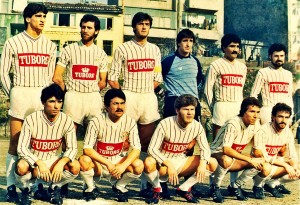
Karsiyaka finished 2nd with 42 points. Well done, but promotion was not in the books – they merely did better than others, without challenging the leader even for a moment. Interesting sponsor they had – one may think the Danish beer-producing giant would sponsor top-league club.

Samsunspor dominated the championship, winning it with 52 points. The best record in all three groups . As the other two winners, they were merely returning to top flight after relegation.
Well, that were the newly promoted, going to First Division – Samsunspor, Rizespor, and Kayserispor. All former top league members. After the regular season a mini-tournament was played between the champions – it had interesting prize: not only the winner will be the champion of the whole Second Division, but it will represent Turkey in the Balkan Coup. True, the tournament lost its luster, as every regional competition by mid-1980s, but it was wise decision by the Turkish Federation – lower level clubs had to have some international exposure, if improvement was to take place. Given the results of the season, Samsunspor would be seen as the likeliest winner, but Kayserispor won the final stage.
